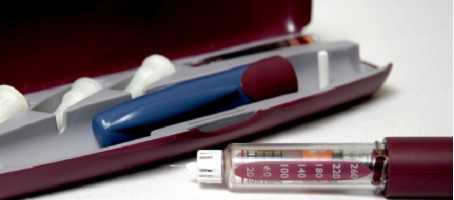A new study from researchers at Lund University in Sweden sheds light on how one identical twin can develop type 2 diabetes while the other remains healthy.
The research team of Emma Nilsson and Charlotte Ling studied 14 pairs of identical twins, where one twin had type 2 diabetes and the other did not.
They analysed how the biological process of DNA methylation at 480,000 points on the DNA affected the twins’ genes. The aim was to see whether epigenetic changes in the DNA lead to fat tissue differences that could explain how type 2 diabetes develops.
The results showed that the twins with type 2 diabetes had raised levels of fat in the blood, while their muscles, liver and pancreas absorbed the excess fat. This could lead to the organs developing a resistance to insulin, which could subsequently result in type 2 diabetes developing.
A further discovery found that there were differences in the genetic code of the DNA in the twins, in which small parts of the DNA could be duplicated or be absent. Additional or not enough copies of a DNA sequence could therefore lead to changes in gene properties.
Nilsson explained: “We found six cases where one of the set of twins had more or fewer of these copies in his or her DNA, and we suspect that this could be another cause of type 2 diabetes”.
What's new on the forum? ⭐️
Get our free newsletters
Stay up to date with the latest news, research and breakthroughs.




